Are you fascinated by the Earth's natural history? These are the geology museums you should visit in Spain:
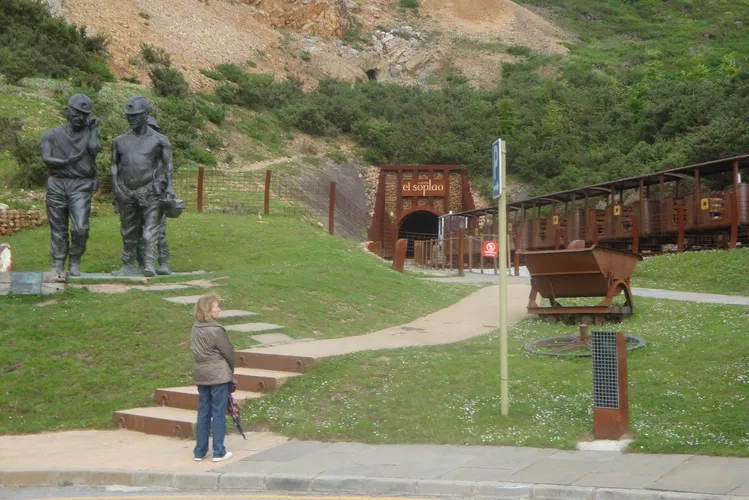
El Soplao Cave
CelisEl Soplao is a cave situated in the municipalities of Rionansa, Valdáliga, and Herrerías in Cantabria, Spain. This location is known for its unique geological formations, making it a point of interest for those interested in geology and natural wonders.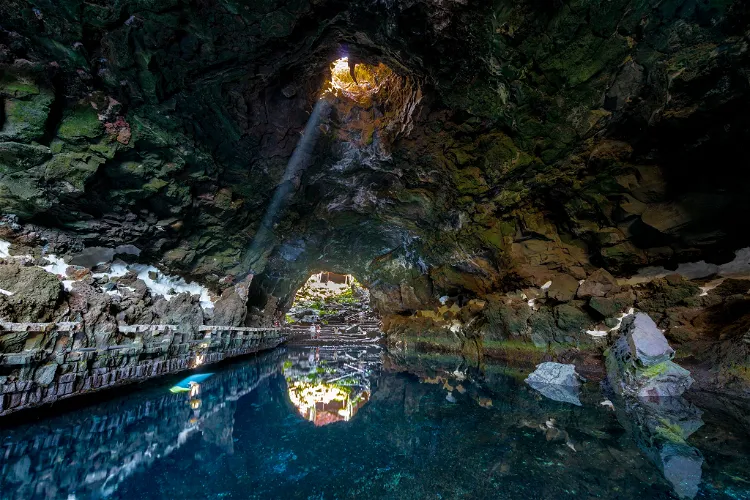
Jameos del Agua
HaríaJameos del Agua is a unique series of lava caves situated in the municipality of Haría in northern Lanzarote, Canary Islands, Spain. This natural wonder offers a unique experience of exploring the geological formations created by volcanic activities. The caves are a testament to the island's volcanic history and provide a fascinating insight into the geological processes that have shaped the landscape.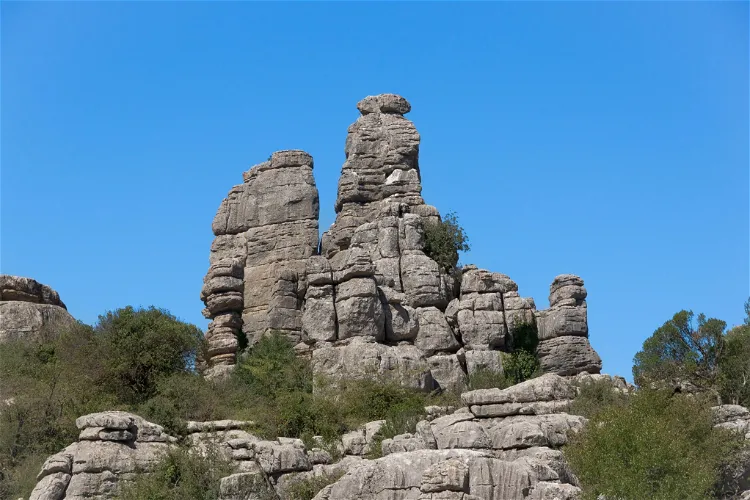
Torcal Alto Visitor Center
AntequeraEl Torcal de Antequera is a nature reserve situated in the Sierra del Torcal mountain range. This reserve is located to the south of the city of Antequera, in the province of Málaga, off the A45 road in Andalusia, Spain. It is a unique destination for nature lovers and those interested in geology.
Jurassic Museum of Asturias
LastresThe Jurassic Museum of Asturias (MUJA) is a unique paleontological museum nestled between the Asturian towns of Colunga and Lastres. The museum is situated on the coastal plain of San Telmo, a location that has yielded significant dinosaur remains dating back to the last part of the Jurassic period, approximately 150 million years ago. This makes it a significant site for those interested in paleontology and the history of life on Earth.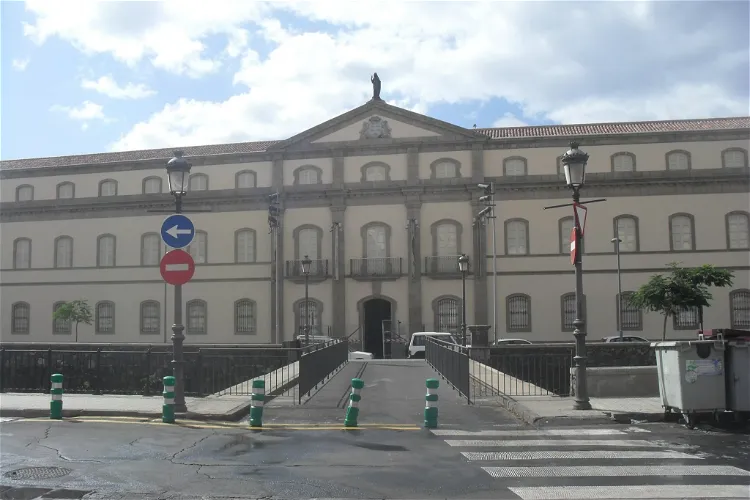
Museum of Nature and Archaeology
Santa Cruz de TenerifeThe Museum of Nature and Man, also known as Museo de la Naturaleza y el Hombre in Spanish, was inaugurated in the mid-1990s. It is an exhibition project that is part of the Autonomous Organism of Museums and Centers of the Cabildo de Tenerife. The museum is located in a neoclassical building outside the civil hospital of the city of Santa Cruz de Tenerife in the Canary Islands, Spain.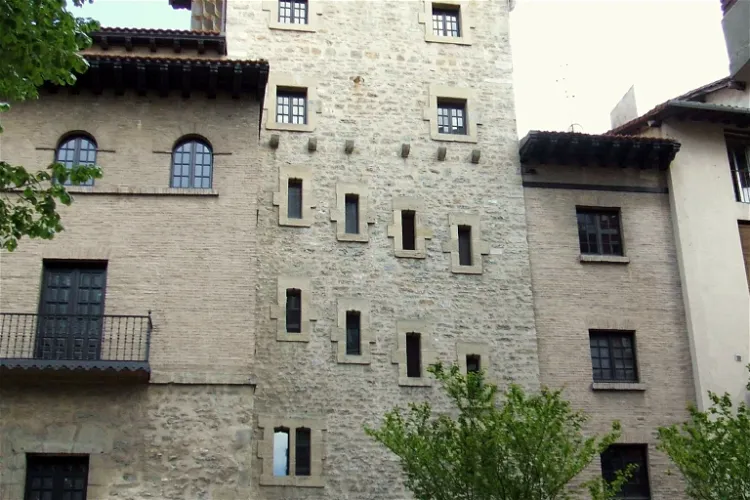
Museum of Natural Sciences of Álava
Vitoria-GasteizThe Museum of Natural Sciences of Álava (MCNA) is housed in the Torre de Doña Ochanda, a medieval defensive building in the city of Vitoria, Basque Country, Spain. This historic building, which once served as a stronghold in the 15th century, adds a unique historical charm to the museum experience.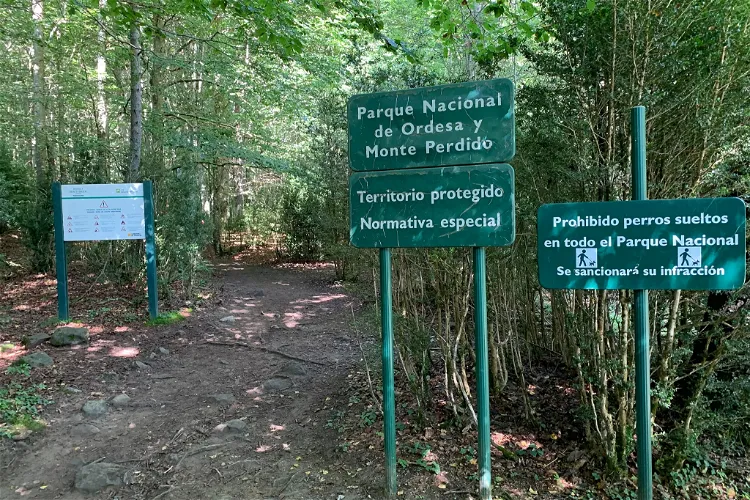
Ordesa and Monte Perdido National Park
Torla-OrdesaOrdesa y Monte Perdido National Park, located in the Pyrenees, is recognized as an IUCN Category II National Park. This classification signifies its importance in preserving biodiversity and providing opportunities for research, education, and recreation.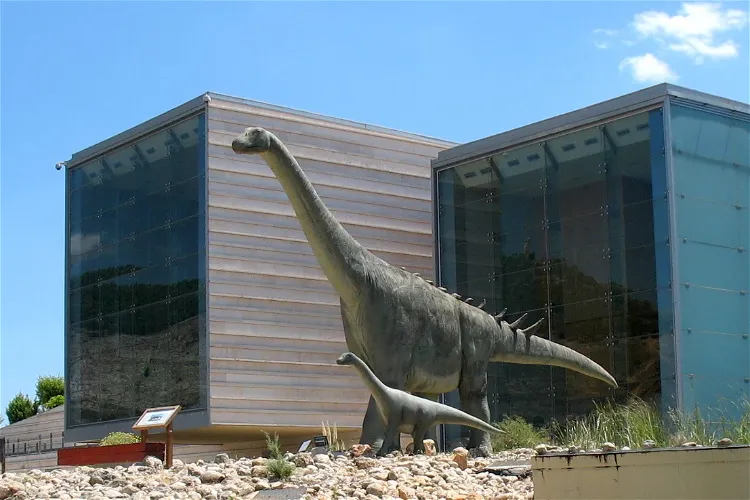
Museum of Paleontología de Castilla-La Mancha
CuencaThe Museum of Paleontology of Castilla-La Mancha (MUPA) is a dedicated space for the study and display of the paleontological history of the Castilla-La Mancha region. It is located in the city of Cuenca, Spain, making it a significant point of interest for those interested in the history of life on Earth.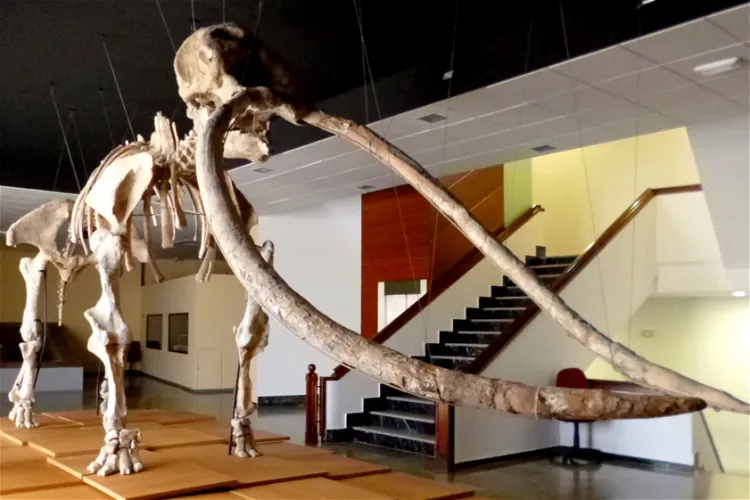
Provincial Museum of Ciudad Real
Ciudad RealThe Provincial Museum of Ciudad Real is divided into three sections: Paleontology, Archaeology, and Fine Arts. These sections are housed in two separate buildings, each offering a unique perspective on different aspects of history and culture. The Paleontology section features fossil remains from various provincial sites, allowing visitors to journey through geological periods from the Cambrian to the Quaternary. The Archaeology section continually expands due to materials from ongoing excavations throughout the province. The Fine Arts section showcases works of painting, sculpture, goldsmithing, and ceramics from the 16th to the 18th century.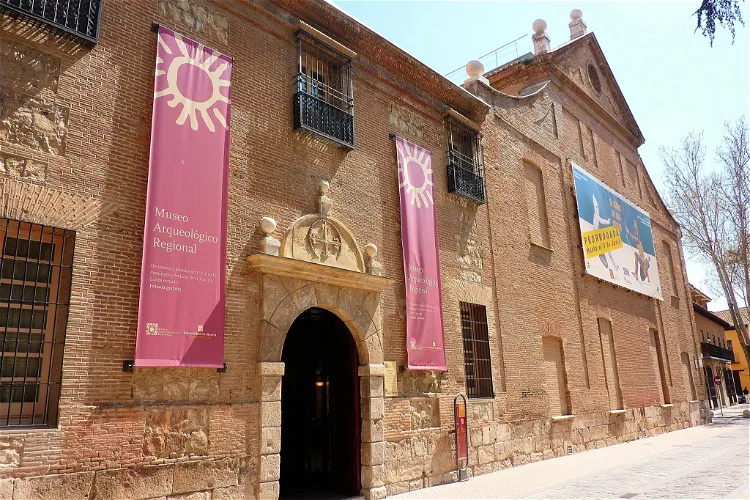
Regional Archaeological Museum
Alcalá de HenaresThe Regional Archaeological Museum of the Community of Madrid, established on November 27, 1997, is housed in the historic building of the old Dominican College Convent of the Mother of God. This location in Alcalá de Henares adds a layer of historical significance to the museum, making it a fascinating destination for those interested in both history and archaeology.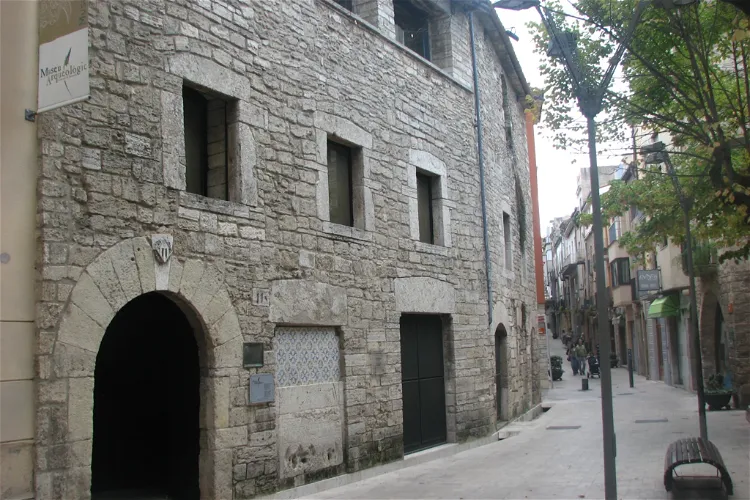
Banyoles Regional Archaeology Museum
BanyolesThe Banyoles Archaeological Museum (MACB) is a significant cultural institution located in the Pia Almoina building in Banyoles, Catalonia. The museum houses a vast collection of artifacts from various archaeological sites in the Pla de l'Estany region. These collections offer a comprehensive insight into the region's rich archaeological history, making it an interesting destination for those interested in history and archaeology.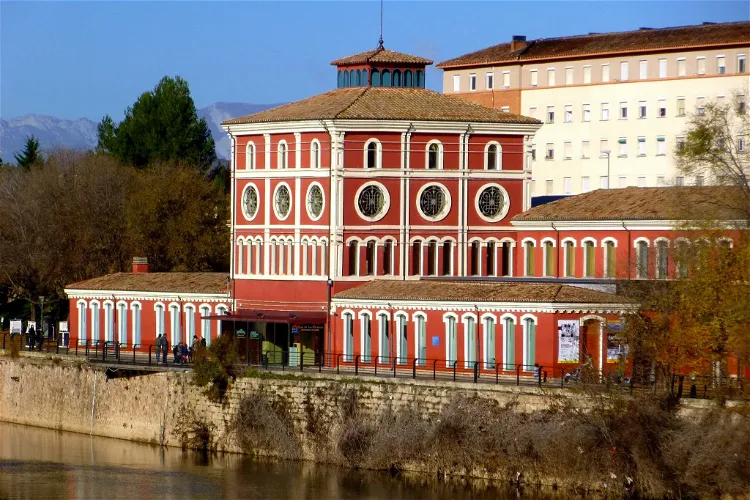
House of Sciences
LogroñoThe House of Sciences in Logroño is situated in a picturesque location on the north bank of the Ebro River. It is nestled in a garden area that faces the Old Town of the city, providing a scenic view for visitors. The museum is conveniently located between two significant landmarks - the Iron Bridge and the Stone Bridge, making it easily accessible for tourists.- 13
Centro de Interpretación Natural Park
Arraya-MaestuThe Izki Natural Park is a significant natural attraction located in Álava, in the Basque Country of Spain. The park covers the valley of the Izki river, which is predominantly covered by Quercus pyrenaica forests. This provides a unique and diverse landscape for visitors to explore, offering a rich blend of flora and fauna. 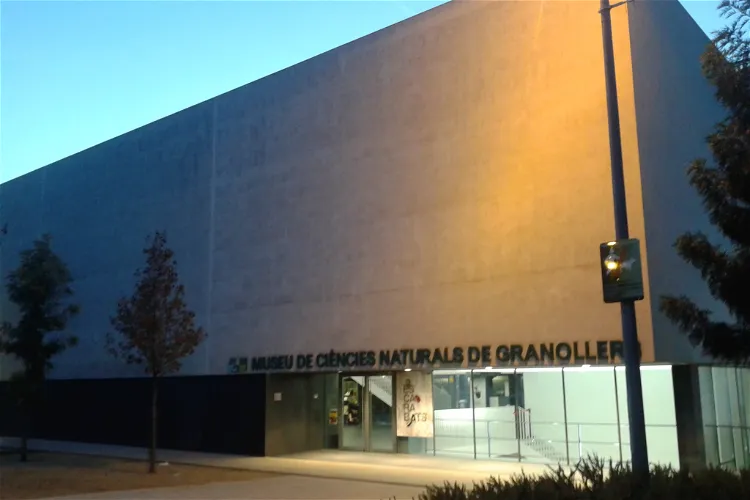
Granollers Museum of Natural Sciences
GranollersThe Granollers Museum of Natural Sciences is a comprehensive institution located in Granollers, Spain. It offers a wide range of exhibits and information in various fields of natural sciences. These include palaeontology, geology, botany, meteorology, and particularly zoology. Visitors can explore and learn about these diverse areas of study during their visit to the museum.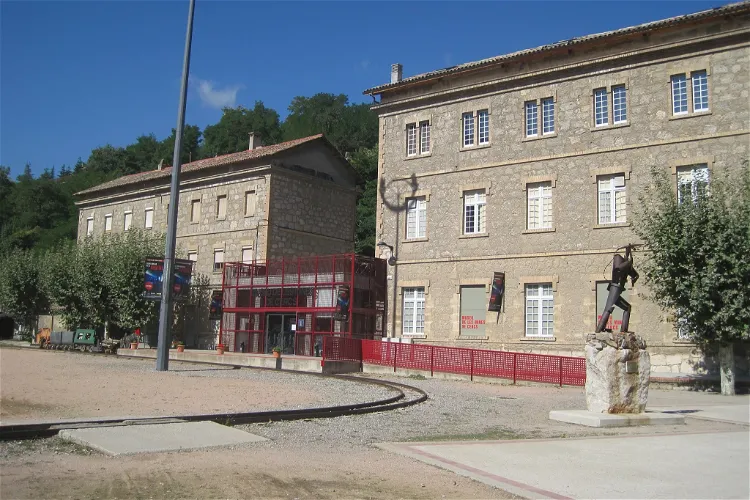
Cercs Mine Museum
CercsThe Cercs Mine Museum, located in the Sant Corneli colony in the municipality of Cercs, Catalonia, is a museum dedicated to coal mining. It provides a comprehensive view of the relationship between coal and the geological, landscape, economic, and human environment of the region. The museum, founded in 1999, is part of the Museum of Science and Technology of Catalonia and the Network of Local Museums of the Barcelona Provincial Council.
El Ter Industrial Museum
ManlleuThe El Museo Industrial del Ter (MIT), situated in Manlleu, Osona, is a museum that focuses on the territory and society. Its mission is to highlight the industrial and natural heritage of the middle Ter river basin. The museum is housed in Can Sanglas, an old spinning factory from 1841, located at the point where the industrial canal of Manlleu ends its course.
Betancuria Archaeological Museum
BetancuriaExplore the island's past through this venue. There are exhibits on both archaeology and paleontology.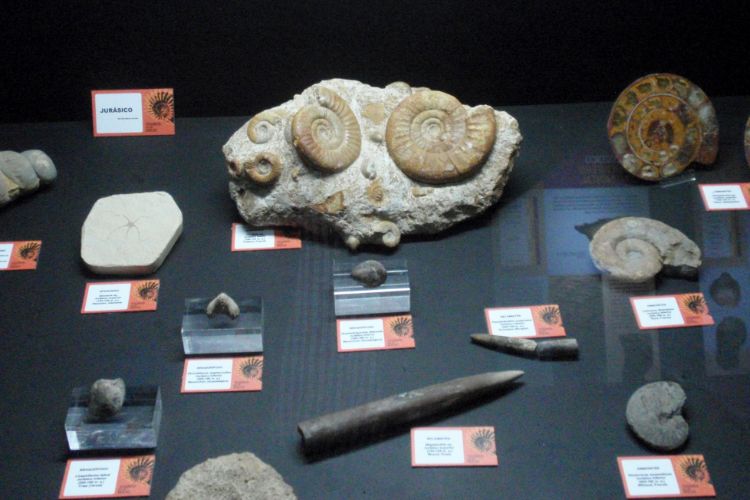
Museo Elder de la Ciencia y la Tecnología
Las Palmas de Gran CanariaMuseo Elder de la Ciencia y la Tecnología (The Elder Museum of Science and Technology) is a center for science in Las Palmas de Gran Canaria. It is housed in the Elder building, which was owned by a former shipping company, and dates from the late 19th century. The museum has 4,600 square metres of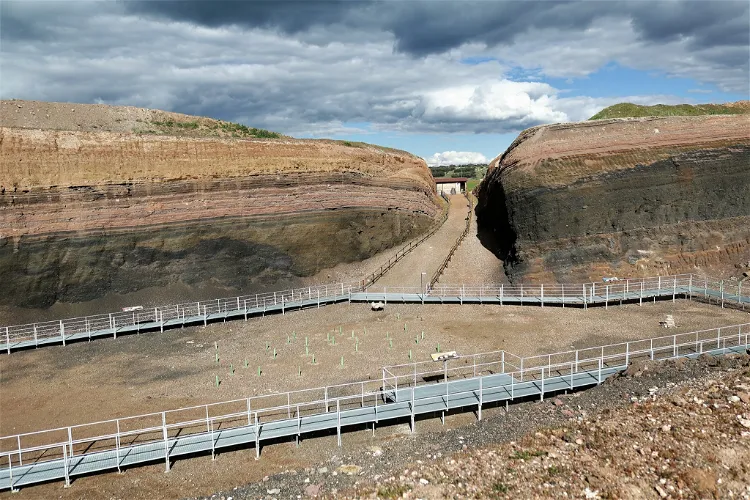
Cerro Gordo Volcano
Granátula de CalatravaCerro Gordo holds a special place in the history of the Iberian Peninsula. After its inauguration on April 15, 2016, it became the first volcano that could be visited in the region. This has made it a unique destination for those interested in geology and natural history.- 20
Genova Caves
PalmaThe Cuevas de Génova offer a unique experience with a walking route of almost one kilometer in distance, descending to a depth of 36 meters. This journey through the caves provides a unique opportunity to explore the underground world and its natural beauty. 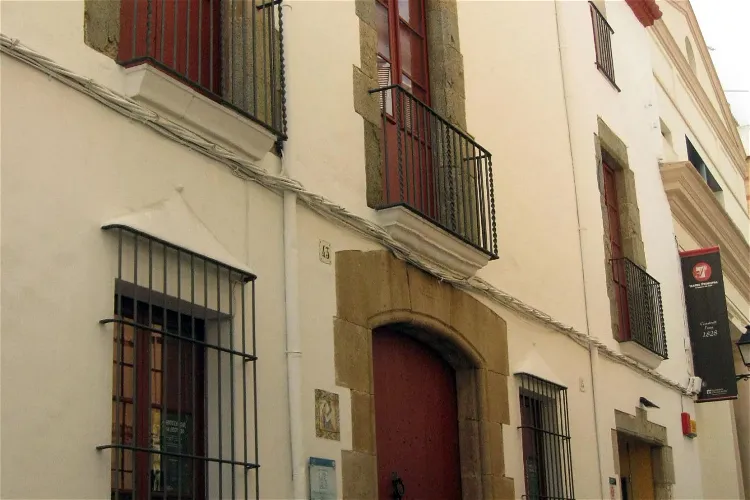
Arenys de Mar Museum
Arenys de MarThe Arenys de Mar Museum is a unique institution that houses two distinct sections: the Marès Lace Museum and the Mollfulleda Mineralogy Museum. In addition to these, it also preserves and exhibits the collection of the old Fidel Fita Municipal Museum of Arenys de Mar. This diverse range of collections offers visitors a comprehensive insight into the rich cultural and natural history of the region.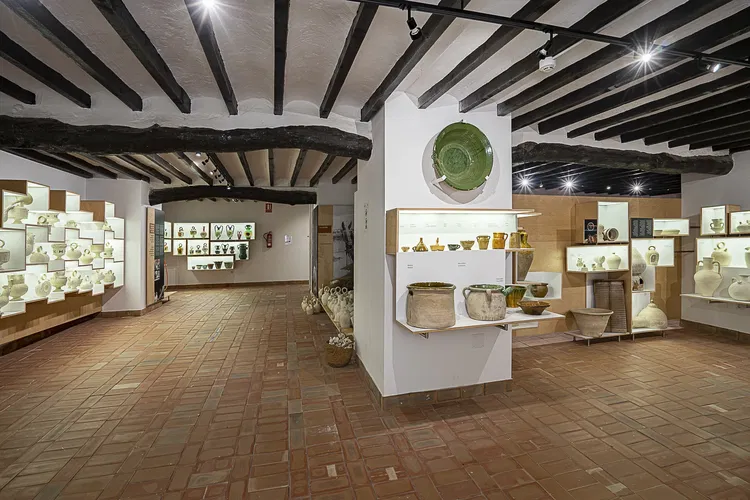
Agost Pottery Museum
AgostThe Museo de Alfarería in Agost, Alicante, Spain, has a rich history that dates back to 1981. It was established by German ethnologist Ilse Schütz, who owned and directed it for 19 years. In March 2000, the Agost City Council took over the personnel and maintenance costs of the museum, ensuring its continued operation and preservation.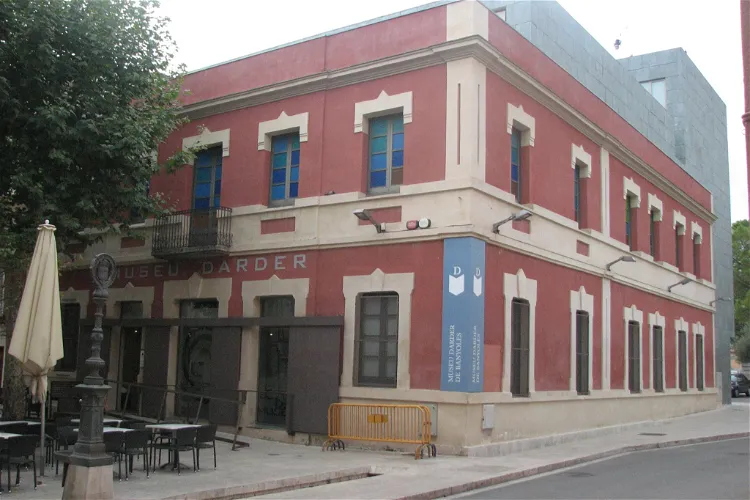
Darder Museum
BanyolesThe Darder Museum is situated in Banyoles, the capital of Pla de l'Estany. It is a part of the Local Museums Network of Catalonia-Girona, making it a significant cultural institution in the region. The museum's location in the heart of Banyoles makes it easily accessible for tourists visiting the city.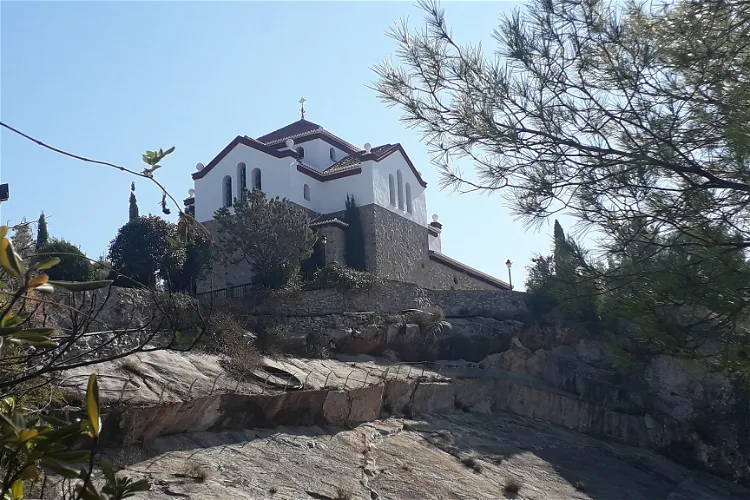
Hermitage of the Three Juanes
AtarfeThe Hermitage of the Three Juanes is situated in the Spanish town of Atarfe, in the province of Granada. This location offers visitors a chance to experience the rich cultural heritage of Spain, while also enjoying the natural beauty of the surrounding area.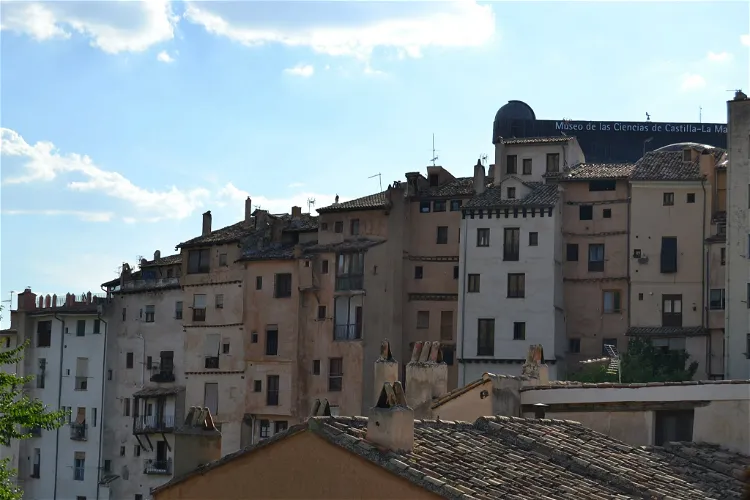
Science Museum of Castilla La Mancha
CuencaThe museum's most significant collection is the fossils from the Las Hoyas paleontological site. This collection comprises 14,000 pieces and 24 holotypes, making it a rich source of information for those interested in paleontology.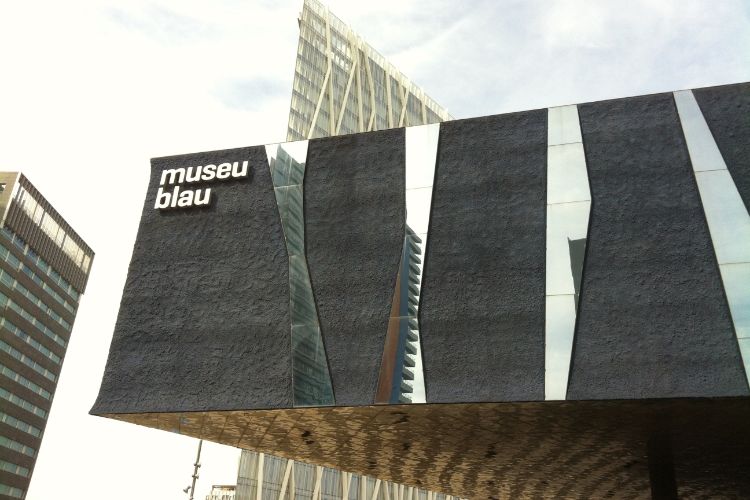
Museu Blau
BarcelonaDesigned by the Swiss architects Jacques Herzog and Pierre de Meuron, Museu Blau opened in 2004. The museum houses part of the Natural History Museum of Barcelona (Museu Blau) and an auditorium where conferences take place. The museum occupies two floors and its permanent exhibition is called Planet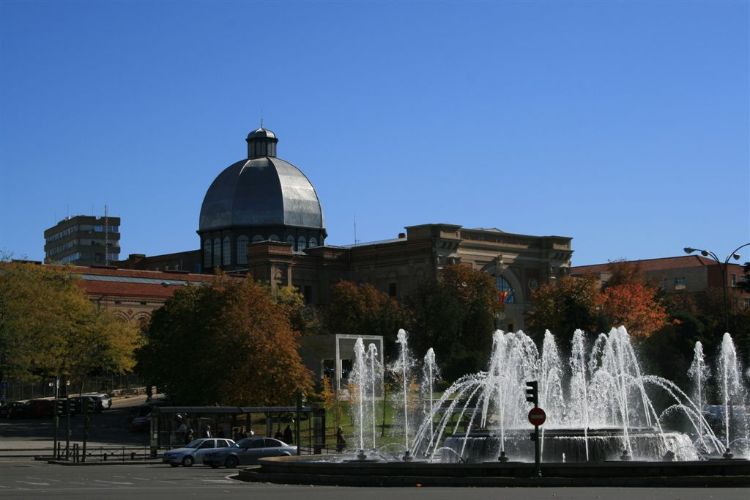
National Museum of Natural Sciences of Spain
MadridThe National Museum of Natural Sciences of Spain (Museo Nacional de Ciencias Naturales de España) is the natural history museum of Madrid. The museum was founded in 1772 by Carlos III at the location where the Prado is now located. Since 1887 the museum has been at its current location in the Palaci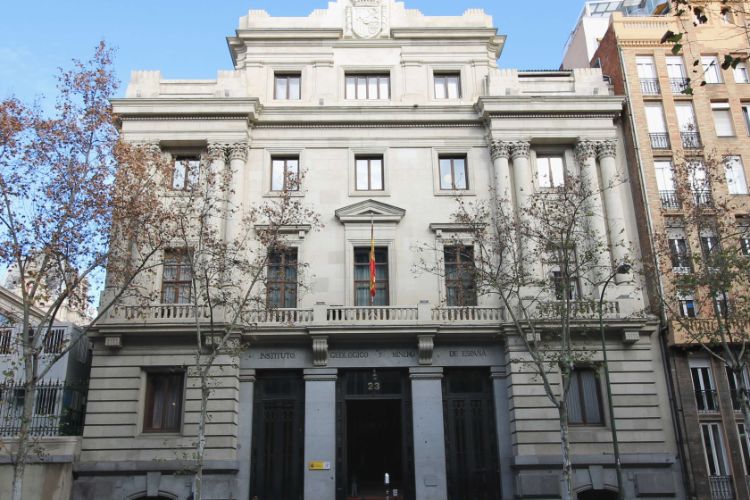
Museo Geominero
MadridThe Museo Geominero is a geology museum in Madrid that houses collections of minerals, rocks and fossils from Spain and its former colonies, as well as pieces from significant sites elsewhere in the world. This geology museum is housed in the Instituto Geológico y Minero de España building.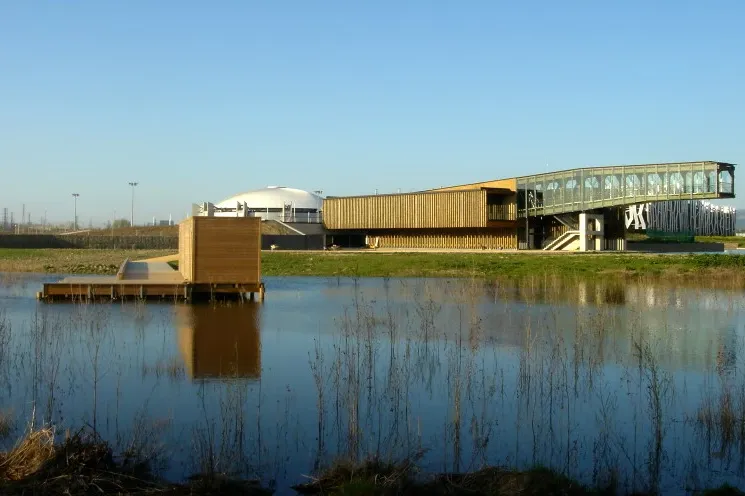
Ataria
Vitoria-GasteizThe Ataria Interpretation Center is a unique destination for those interested in natural history. Located in the Salburua wetland, a Ramsar site, it offers visitors a chance to explore an important wetland habitat in the Basque Autonomous Community. This location is not only a significant green belt on the eastern outskirts of the city of Vitoria, but also a site of great ecological importance.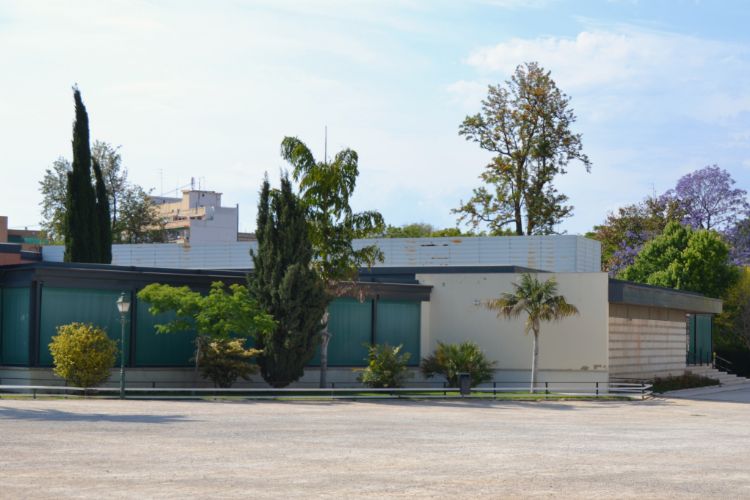
Museum of Natural Science
ValenciaThe Museum of Natural Science in Valencia is housed in a building designed by Luis Gay. The exhibition in the museum is dedicated to various topics - from technology and science to dinosaurs. The collection of Rodrigo Botet that is displayed in the Museum of Natural Science in Valencia is possibly t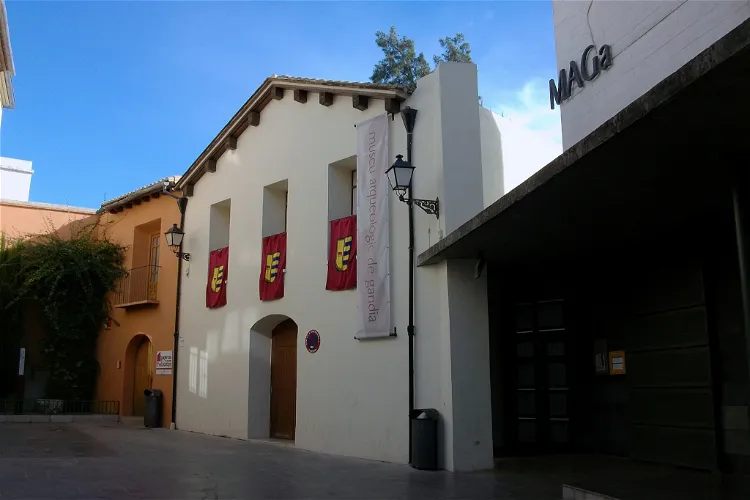
Archaeological Museum of Gandia
GandíaThe Archaeological Museum of Gandia is a significant cultural institution located in the city of Gandia, within the Valencian Community of Spain. It serves as a repository for the archaeological heritage of the Safor region, making it a valuable destination for those interested in history and archaeology.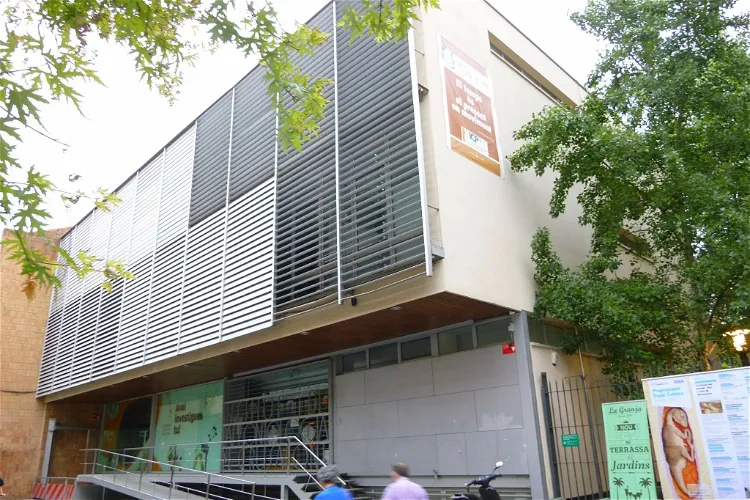
Miquel Crusafont Catalan Institute of Paleontology
SabadellThe ICP has two locations. One is on the campus of the Autonomous University of Barcelona and the other is in the center of Sabadell, near Barcelona. This makes it easily accessible for visitors.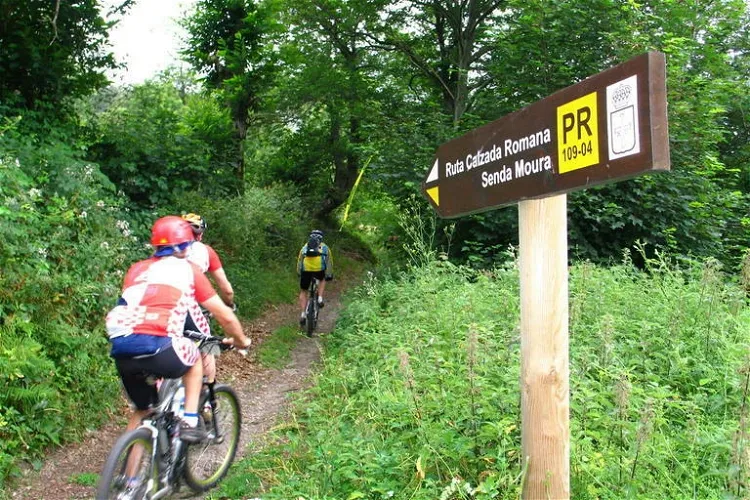
Casa del Parque Natural de las Fuentes del Narcea
Cangas del NarceaThe Fuentes del Narcea, Degaña e Ibias Natural Park is a protected area located in the Principality of Asturias in northern Spain. This park is home to the sources of the rivers Narcea and Ibias, offering a unique and beautiful natural landscape for visitors to explore.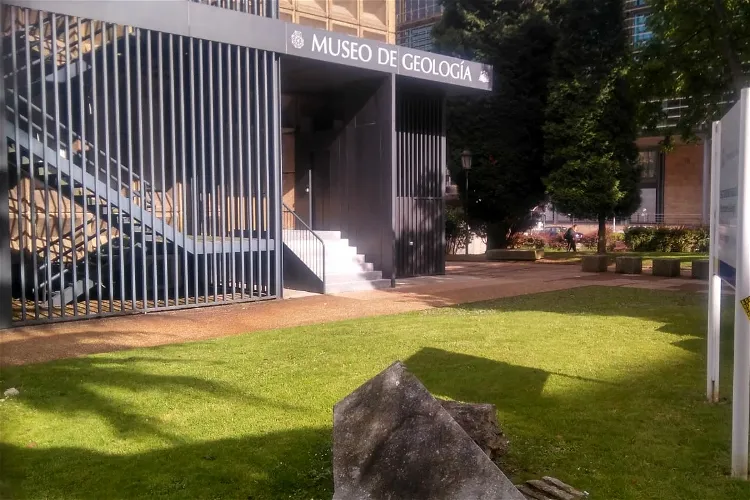
Geology Museum of the University of Oviedo
OviedoThe Geology Museum of the University of Oviedo is a specialized institution located in Oviedo, Asturias, Spain. It houses extensive mineralogical and paleontological collections that serve both the educational and research needs of the University of Oviedo, as well as promoting the scientific disciplines of Geology and Paleontology to the wider public.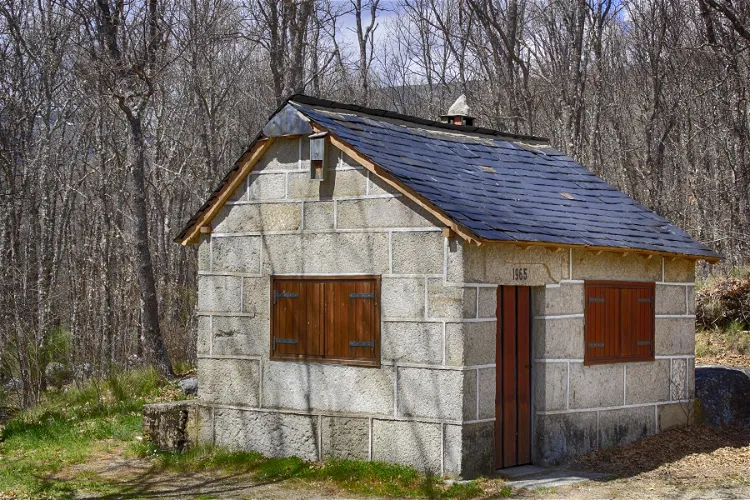
Sanabria Lake Natural Park
GalendeThe Park Interpretation Centre, located in the restored monastery of San Martín de Castañeda, offers a unique insight into the park's history and natural features. This medieval building, once home to Cistercian monks, now serves as a hub for learning and exploration within the park.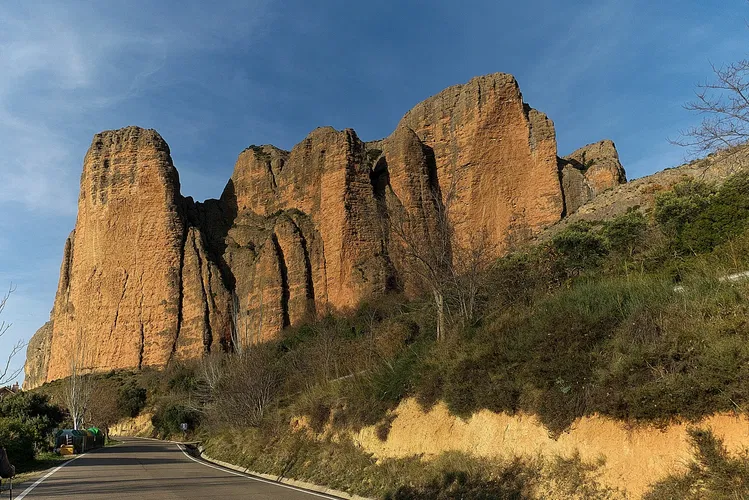
Mallos de Riglos
Las Peñas de RiglosLes Mallos de Riglos are unique geological formations located in the Spanish Pyrenees, specifically in the province of Aragon. They are situated in the village of Riglos, which is approximately 45 kilometers away from the city of Huesca. This location is not far from Ayerbe, making it easily accessible for tourists visiting the region.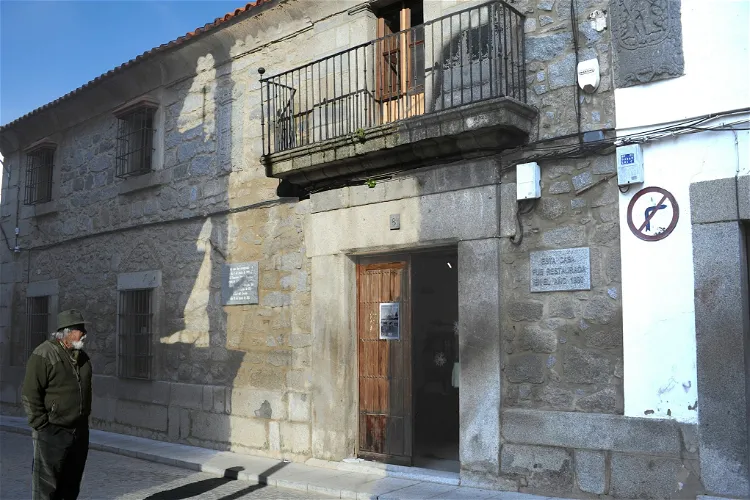
Museo del Granito
Quintana de la SerenaThe Museo del Granito in Quintana de la Serena, Extremadura, Spain, offers an insightful exhibition about the geology of granite. Visitors can learn about the extraction, transformation, and various uses of this versatile stone. The museum also displays both ancient and modern tools used by quarry workers, as well as a representative sample of regional and national granites.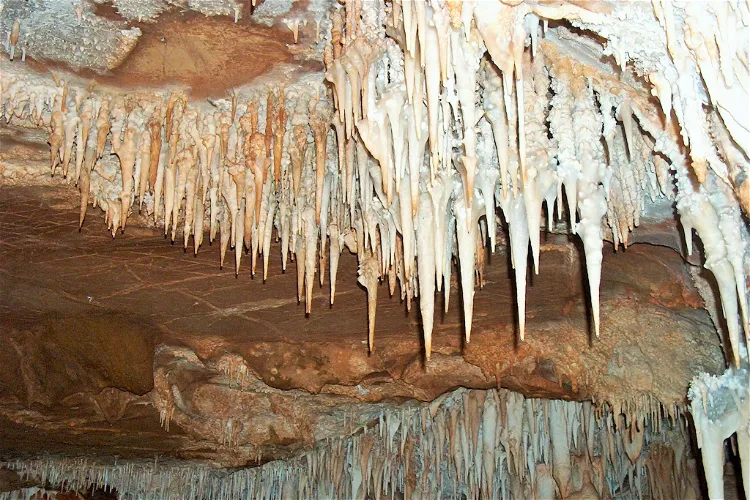
Cuevas de Fuentes de León
Cañaveral de LeónThe Cuevas de Fuentes de León is a karstic complex situated in the southern part of the Spanish province of Badajoz. This site was officially declared a natural monument on July 25, 2001. The caves are located in the southeast of the municipal term of Fuentes de León, bordering the province of Huelva. The caves cover an area of about 200 hectares.
Geology Museum Martorell
BarcelonaThe Museu Martorell is housed in a neoclassical building, designed by the architect Antoni Rovira i Trias. It was the first public museum of Barcelona, situated in its first urban park. The Museu Martorell houses geology collections as well as palaeontology collections and a library specialising in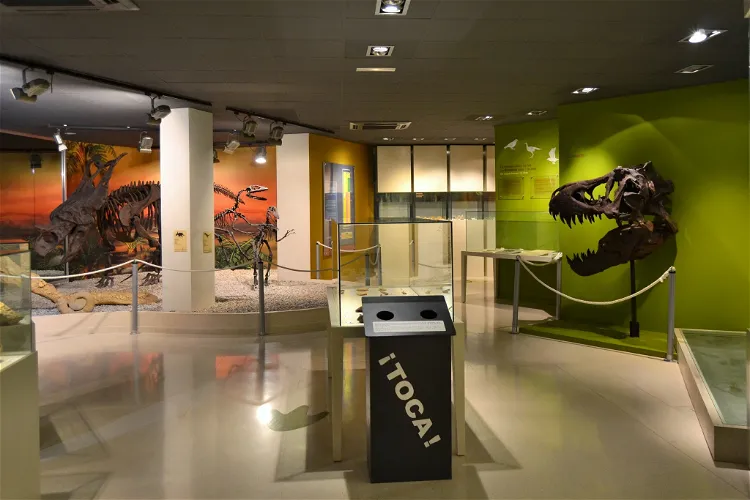
Museo Paleontológico de Elche
ElcheThe Paleontological Museum of Elche, located in Alicante, Spain, provides an insightful journey through the evolution of life on Earth. This journey is made possible through the exhibition of various findings from different archaeological sites. These exhibits offer a unique opportunity to understand the progression of life, from its earliest forms to the present day.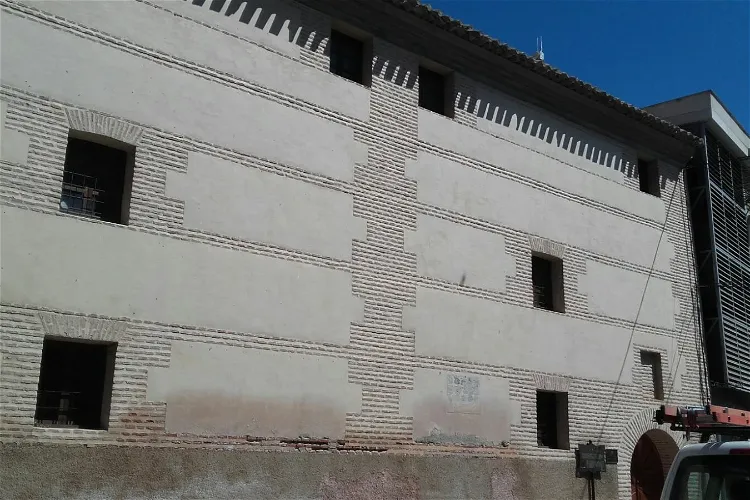
La Encomienda Archaeological Museum
CalasparraThe museum provides a comprehensive overview of the history of Calasparra, from prehistory to the medieval period (13th century AD). It places a special emphasis on the findings from the Islamic site of Villa Vieja. These findings offer a unique insight into the Islamic culture and history of the region.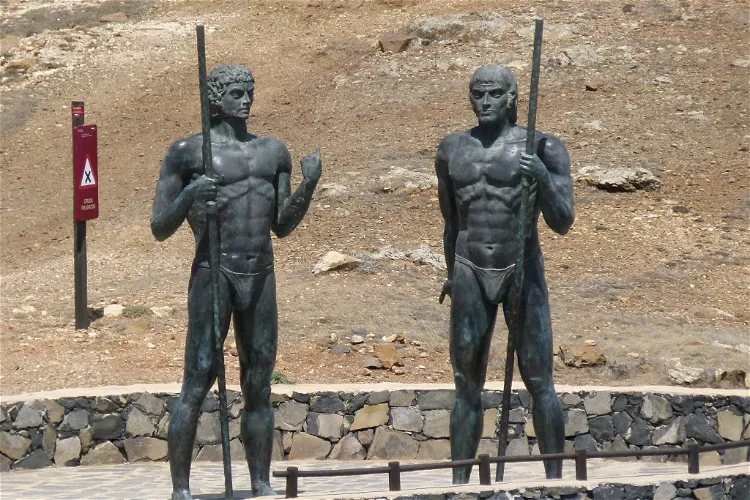
Morro Velosa Viewpoint
BetancuriaMorro Velosa is a picturesque viewpoint located on the Canary Island of Fuerteventura in Spain. From this vantage point, visitors can take in the stunning views of the northern area of the island. This includes the dunes of Corralejo, and the quaint villages of El Cotillo and Antigua. The viewpoint offers a unique opportunity to appreciate the island's natural beauty and local culture.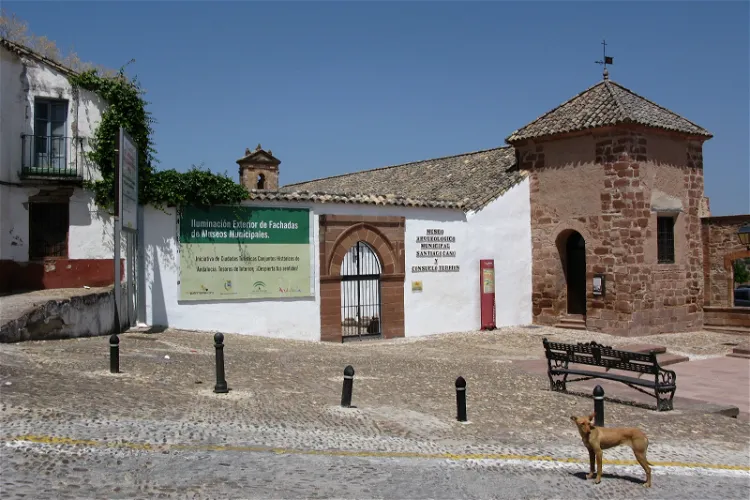
Archaeological Town Museum
MontoroThe Archaeological Municipal Museum of Montoro is a city-owned and managed museum located in the city of Montoro, in the province of Córdoba, Spain. This museum is a significant part of the city's cultural heritage and offers visitors a chance to explore the rich history of the region.
Municipal Archaeological and Paleontological Museum
RojalesThe Municipal Archaeological and Paleontological Museum in Rojales, established in 1981, serves as a significant institution for the preservation and promotion of the area's cultural heritage. It provides a unique opportunity for visitors to delve into the rich history and prehistoric past of the region.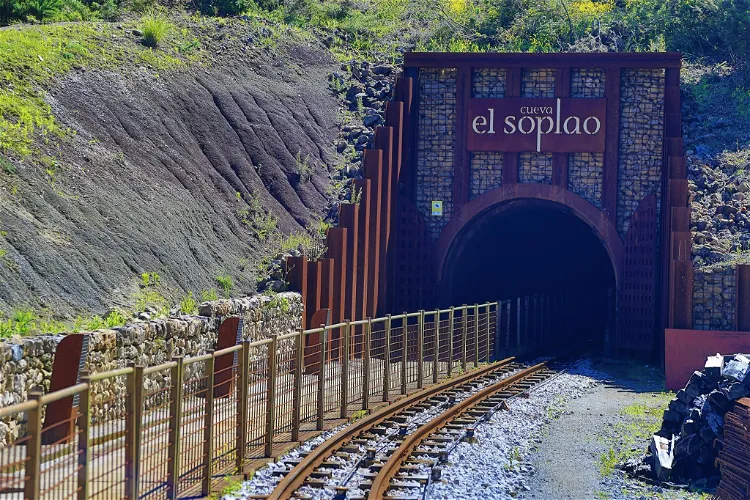
El Soplao Cave
RionansaEl Soplao is a cave situated in the municipalities of Rionansa, Valdáliga, and Herrerías in Cantabria, Spain. This location is known for its unique geological formations, making it a point of interest for tourists interested in geology and natural beauty.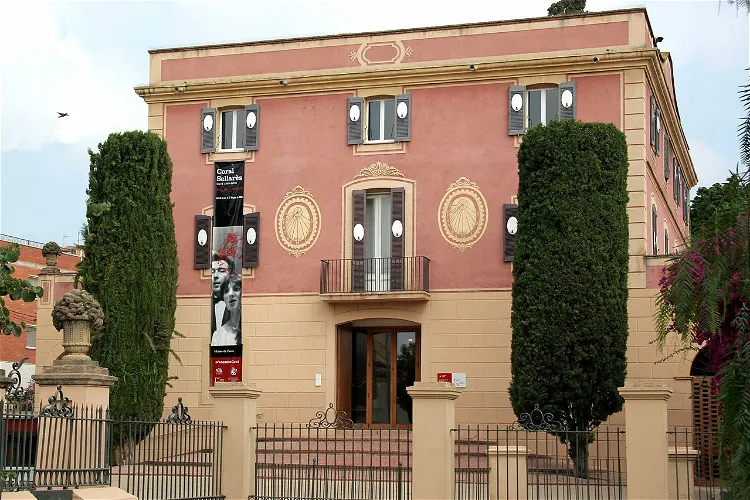
Gavà Museum
GavàThe Gavà Museum and the Gavà Mines Archaeological Park, established in 1978, are two distinct facilities that together form a unique cultural and historical experience. The museum is housed in the Lluc tower, a summer house built in 1799 by a bourgeois family. The park allows visitors to explore the prehistoric mines of Gavà, the oldest gallery mines in Europe.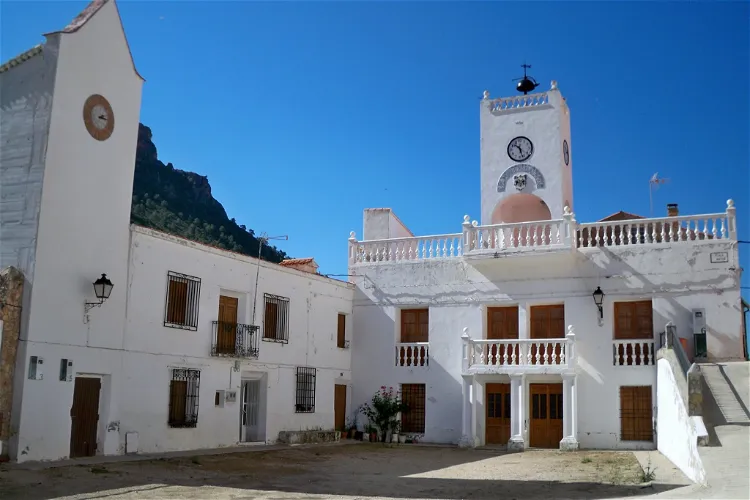
Museo Micológico La Casa del Níscalo
MolinicosThe Museo Micológico "Casa del Nizcalo" is a unique museum dedicated to the study of fungi, located in the heart of the town of Molinicos, Albacete, Spain. It is situated in the town's main square, making it easily accessible for visitors. The museum is housed in a historic building that has served various purposes over the years, from a town hall to a school, and now a museum.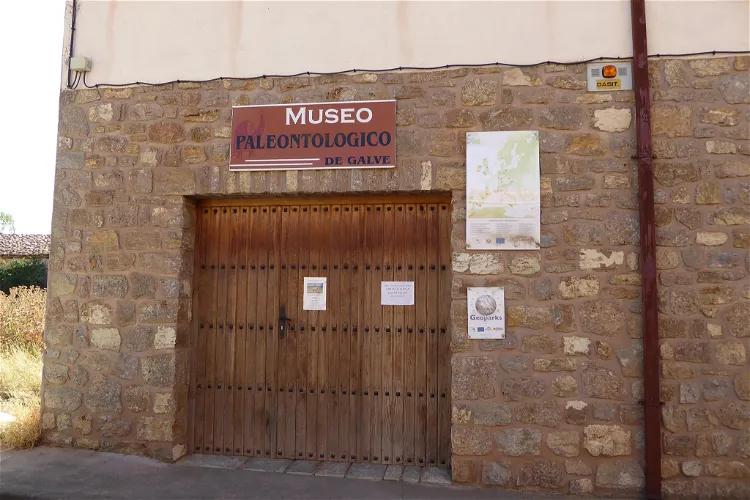
Museo Paleontologico de Galve
GalveThe museum is home to the collection of José María Herrero Marzo, who gathered and identified fossils discovered in Galve. The collection includes dinosaur bones, reptiles, mammals, crocodiles, turtles, and other marine animals from the Cretaceous period.- 49
Colección de Arte Sacro
MelillaThe Museo de arte Sacro de Melilla, or the Sacred Art Museum of Melilla, is situated in the historic Franciscan Convent, within the First Fortified Enclosure of Melilla La Vieja. This location adds a layer of historical significance to the museum, making it a fascinating destination for those interested in both art and history.